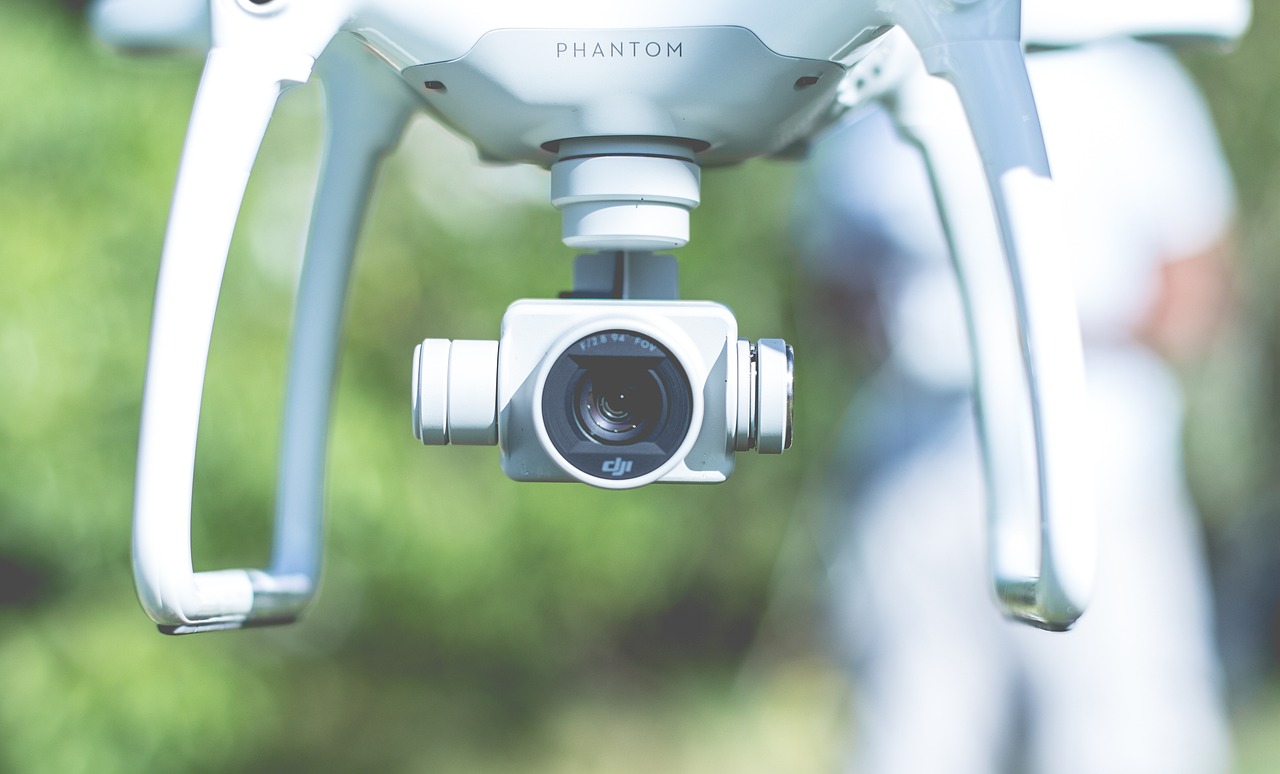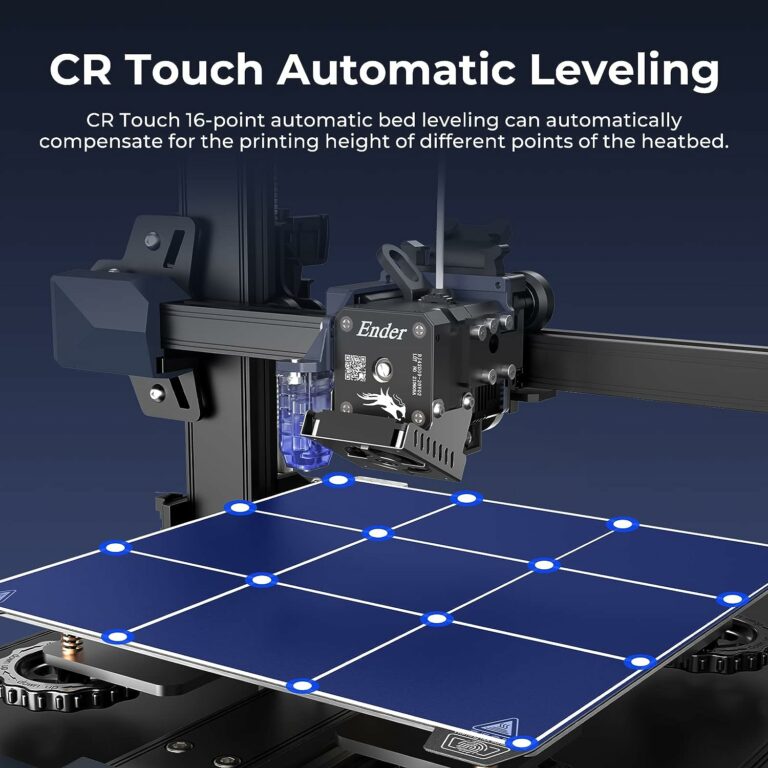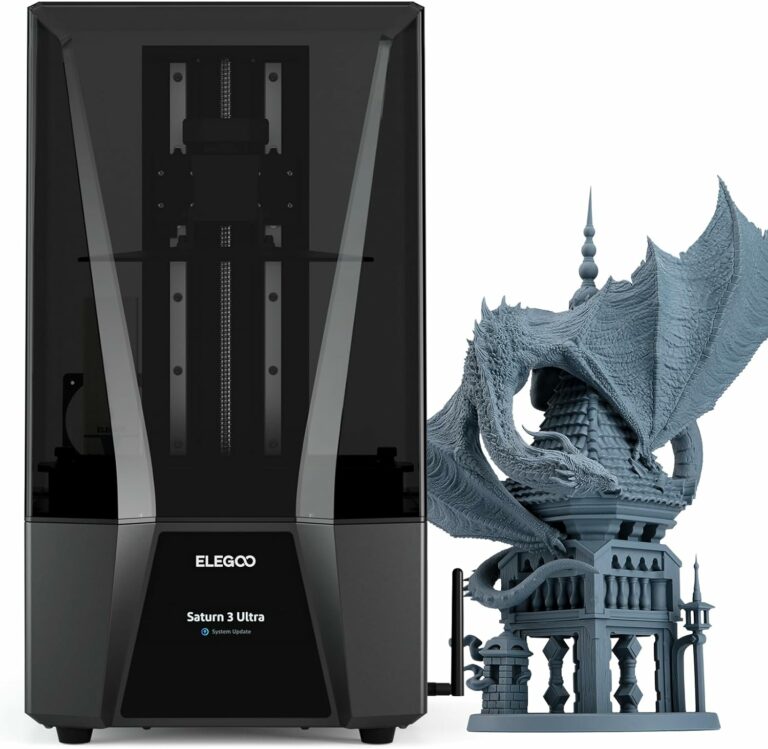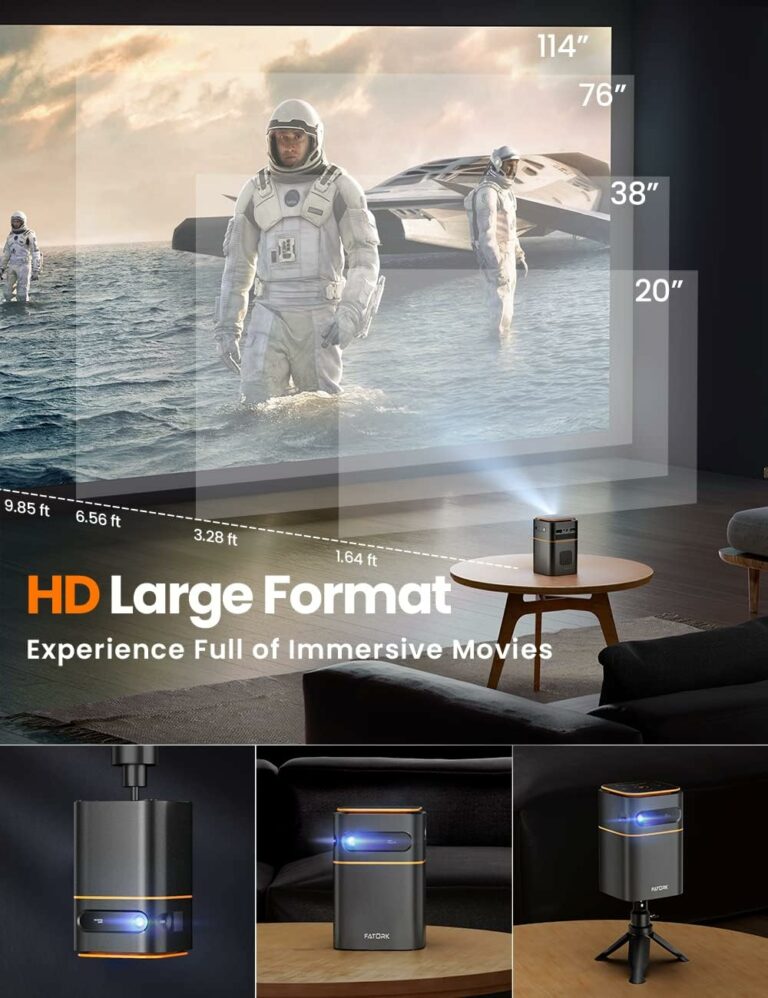Are you ready to take your photography to new heights? Look no further than drones – the perfect aerial photography companions! In this comprehensive guide, we will walk you through the process of choosing the ideal drone for your needs. From stunning landscapes to unique perspectives, drones have revolutionized the world of photography. Whether you’re a professional photographer or simply looking to explore a new hobby, this article will provide you with the essential knowledge to make an informed decision. So, get ready to elevate your photography game with the perfect drone!
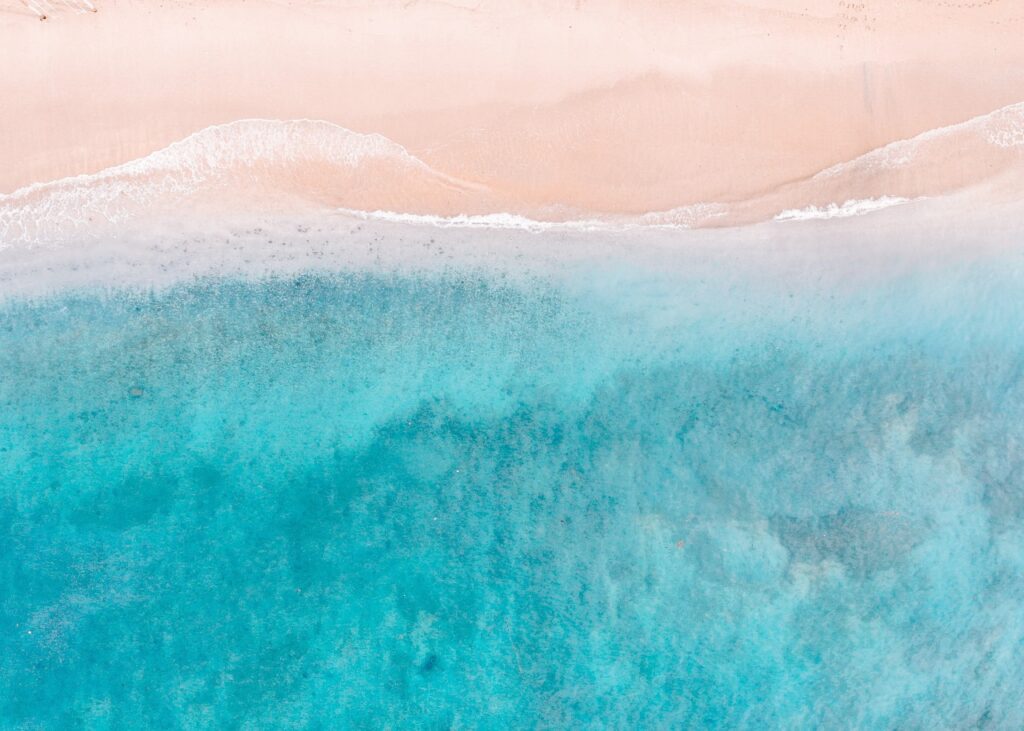
Understanding Drones
Drones have become increasingly popular in recent years, offering individuals and professionals alike the ability to capture stunning aerial photographs from the sky. Before diving into the world of aerial photography, it’s important to understand the different types of drones, the components they consist of, and the common technologies associated with them.
Types of Drones
When it comes to drones, there are various types available on the market. Consumer drones are typically the most affordable and user-friendly, designed for recreational purposes. Prosumer drones, on the other hand, bridge the gap between consumer and professional-grade drones, offering more advanced features and capabilities. Lastly, professional drones are used by experienced photographers and filmmakers, providing the highest quality imagery.
Components of a Drone
A drone is composed of various components that work together to ensure its proper functionality. These components include the airframe, which is the main structure of the drone, the motors that power its propellers, the electronic speed controllers that regulate the motor speed, the flight controller that acts as the brain of the drone, and the battery that provides the necessary power.
Common Drone Technologies
In addition to the basic components, drones often incorporate various technologies to enhance their performance. GPS technology allows for precise positioning and navigation, while gimbal systems stabilize the camera and reduce unwanted vibrations. Additionally, obstacle avoidance systems help prevent collisions, and automated flight modes make it easier to capture professional-level shots.
Benefits of Aerial Photography
Aerial photography offers a whole new perspective, allowing photographers to capture breathtaking images from a bird’s-eye view. Let’s explore some of the key benefits of utilizing drones for aerial photography.
Different Perspectives
By taking to the skies, aerial photography provides unique perspectives that simply cannot be achieved from the ground. Whether you’re capturing the stunning landscapes, urban cityscapes, or capturing footage of sporting events, aerial photography opens up a world of possibilities.
Versatility
Drones equipped with cameras provide incredible versatility, allowing photographers to easily switch between capturing photos and filming videos. This flexibility is particularly useful for professionals who need to capture a well-rounded portfolio of aerial content.
Time and Cost Savings
Traditionally, capturing aerial photographs required the use of helicopters or cranes, which can be costly and time-consuming. With drones, the cost and time associated with aerial photography are significantly reduced, making it accessible to a wider range of individuals and businesses.
Considerations before Buying a Drone
Before jumping into the exciting world of aerial photography, there are a few important factors to consider in order to choose the best drone for your needs.
Intended Use
First and foremost, determine your intended use for the drone. Are you planning to use it for recreational purposes or are you a professional looking to capture high-quality imagery for commercial use? Understanding your purpose will help narrow down the options and guide your decision-making process.
Budget
Like any other purchase, drones come in a wide range of prices. Set a budget that aligns with your financial capabilities and stick to it. Remember to take into account additional costs such as spare batteries, memory cards, and any accessories you may need.
Experience Level
Consider your prior experience with drones. If you are a beginner, opting for a user-friendly drone with a range of safety features is recommended. On the other hand, if you are an experienced pilot, you might be interested in more advanced drones that offer additional functionalities.
Drone Features to Look for
Now that you have a clear understanding of your needs, it’s important to know what features to look for when choosing a drone specifically for aerial photography.
Camera Specifications
One of the most important factors to consider is the camera specifications. Look for drones with high-resolution cameras capable of capturing RAW images and shooting in manual mode. Additionally, consider features such as adjustable aperture and shutter speed control.
Flight Time and Range
The flight time and range of a drone can greatly impact your ability to capture the shots you desire. Longer flight times allow for more opportunities to explore and capture images, while a greater range allows you to cover larger areas and venture further from your location.
Stability and Maneuverability
Stability and maneuverability are crucial for capturing sharp, clear images. Look for drones equipped with advanced stabilization systems and multiple flight modes that allow for precise control, even in challenging conditions.
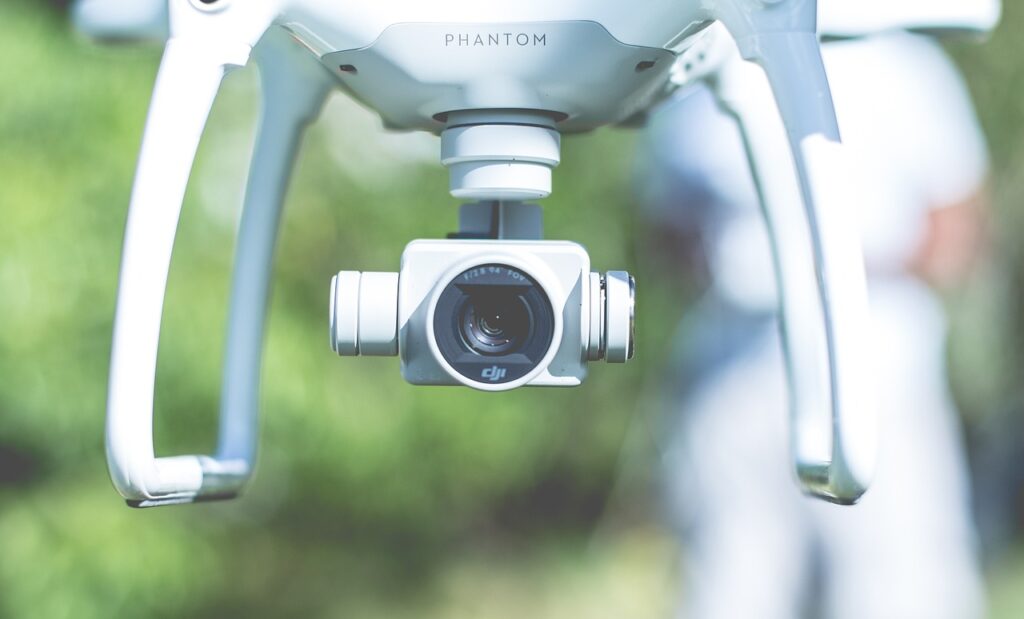
Types of Drones for Aerial Photography
Now that you have a better understanding of the key features to consider, let’s explore the different types of drones available for aerial photography.
Consumer Drones
Consumer drones are designed with ease of use and affordability in mind. These are perfect for beginners or hobbyists who want to dip their toes into aerial photography without breaking the bank. They offer basic camera capabilities and flight features, making them a great entry-level option.
Prosumer Drones
Prosumer drones are a step up from consumer drones, offering more advanced features and higher quality cameras. These drones are suitable for enthusiasts and amateur photographers who are looking to take their aerial photography to the next level. They strike a balance between affordability and professional-grade features.
Professional Drones
Professional drones are top-of-the-line, designed for experienced photographers and filmmakers who require the highest quality imagery. These drones often come equipped with professional-grade cameras, advanced flight capabilities, and intelligent features. Professional drones are typically used for commercial purposes, such as in cinematography and commercial photography.
Top Consumer Drones for Aerial Photography
For those looking to get started in aerial photography, here are some of the top consumer drones worth considering.
DJI Mavic Mini
The DJI Mavic Mini is a compact and lightweight drone, perfect for beginners and travelers. It offers a 12-megapixel camera capable of capturing stunning photos and high-definition videos. With a flight time of up to 30 minutes and a range of up to 4 kilometers, it provides ample opportunities for aerial exploration.
Parrot Anafi
The Parrot Anafi is another excellent option for beginners. It features a 21-megapixel camera with 4K video capabilities, allowing for crisp and clear aerial shots. The drone’s foldable design makes it highly portable, while its intelligent flight modes make it easy to capture unique perspectives effortlessly.
Autel Robotics Evo
The Autel Robotics Evo is known for its high-quality camera and impressive flight performance. It boasts a 4K camera with a 3-axis gimbal, ensuring stable and smooth footage. With a flight time of up to 30 minutes and a range of up to 7 kilometers, it offers plenty of opportunities for capturing stunning aerial shots.
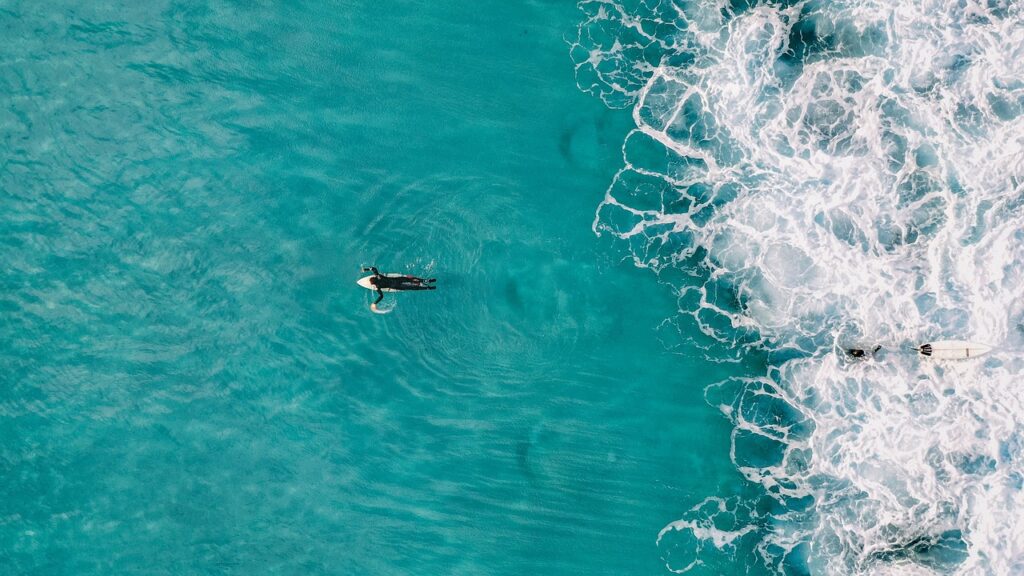
Top Prosumer Drones for Aerial Photography
For those who want more advanced features and higher-quality imagery, here are some of the top prosumer drones on the market.
DJI Mavic Air 2
The DJI Mavic Air 2 is a versatile drone that combines advanced features with a relatively affordable price tag. It features a 48-megapixel camera capable of capturing 4K video, ensuring highly detailed aerial shots. With a flight time of up to 34 minutes and a range of up to 10 kilometers, it offers ample opportunities for capturing stunning aerial footage.
Autel Robotics Evo II
The Autel Robotics Evo II is a powerful drone with a 6K camera capable of capturing professional-grade imagery. It offers a range of intelligent flight modes and advanced features, making it a top choice for experienced photographers. With a flight time of up to 40 minutes and a range of up to 9 kilometers, it provides extended flight capabilities for capturing incredible aerial shots.
Yuneec Typhoon H Pro
The Yuneec Typhoon H Pro is a hexacopter drone known for its stability and reliability. It features a 4K camera with a 3-axis gimbal, allowing for smooth and steady footage. The drone’s retractable landing gear and 360-degree rotation camera add to its versatility, making it a great option for capturing a wide range of aerial shots.
Top Professional Drones for Aerial Photography
For professional photographers and filmmakers who require the highest quality imagery, here are some of the top professional drones available.
DJI Phantom 4 Pro V2.0
The DJI Phantom 4 Pro V2.0 is a highly capable drone with a 20-megapixel camera capable of shooting 4K video. It offers advanced flight features and intelligent modes, ensuring precise control and seamless operation. With a flight time of up to 30 minutes and a range of up to 7 kilometers, it provides ample opportunities for capturing stunning aerial footage.
DJI Inspire 2
The DJI Inspire 2 is a professional-grade drone designed for cinematographers and photographers who demand the best. It features a 5.2K camera capable of shooting RAW and Apple ProRes footage, allowing for unparalleled image quality. With a flight time of up to 27 minutes and a range of up to 7 kilometers, it offers professionals the freedom to capture breathtaking aerial shots.
Freefly Alta 6
The Freefly Alta 6 is a heavy-lift drone specifically designed for professional filmmakers who require cinema-quality aerial shots. With its payload capacity of up to 15 pounds, it can carry high-end cameras and lenses, allowing for stunning cinematography. Its advanced flight controls and stabilization systems ensure smooth and precise camera movements, resulting in breathtaking aerial footage.
Factors to Consider in Drone Safety
Safety is paramount when operating a drone, and there are several factors to consider to ensure a safe and responsible flight.
Federal Aviation Administration Regulations
Always familiarize yourself with the regulations set by the Federal Aviation Administration (FAA). These regulations outline where and how you can fly a drone, including restrictions on altitude, proximity to airports, and registration requirements. Adhering to these regulations is essential to ensure the safety of yourself and others.
Local Drone Laws
In addition to federal regulations, be aware of any local drone laws in your area. Some cities or counties may have specific regulations or no-fly zones that you need to be aware of. Stay informed and comply with these laws to avoid any legal issues.
Flight Safety Precautions
When flying a drone, there are several safety precautions you should take. Always maintain visual line of sight with your drone, avoid flying near people or animals, and be cautious of weather conditions that may impact flight stability. Additionally, check your drone’s battery level before each flight and ensure it is fully charged to avoid unexpected crashes.
Tips for Capturing Stunning Aerial Photos
Now that you have your drone and are ready to take to the skies, here are some tips to help you capture stunning aerial photos.
Plan Your Shots
Before heading out for a flight, plan your shots in advance. Scout the location, identify interesting subjects or compositions, and visualize the shots you want to capture. This will help you make the most of your flight time and increase your chances of capturing remarkable aerial photos.
Experiment with Angles and Perspectives
Aerial photography offers a unique opportunity to experiment with different angles and perspectives. Take advantage of this by exploring various camera angles, heights, and compositions. Don’t be afraid to try unconventional perspectives to create truly unique and captivating images.
Post-processing and Editing
Once you’ve captured your aerial photos, take the time to post-process and edit them to enhance their visual impact. Adjust the exposure, contrast, and colors to create a more visually appealing image. Experiment with different editing techniques and styles to develop your own unique aesthetic.
In conclusion, drones have revolutionized the world of aerial photography, allowing photographers to capture stunning images from a whole new perspective. By understanding the different types of drones, their components, and the key technologies associated with them, you can make an informed decision when choosing a drone for your needs. Consider factors such as intended use, budget, and experience level before making your purchase. Look for features like camera specifications, flight time and range, and stability and maneuverability to ensure high-quality aerial photography. Whether you choose a consumer, prosumer, or professional drone, always prioritize safety and adhere to the regulations set by the FAA and local authorities. With careful planning and experimentation, you’ll be well on your way to capturing breathtaking aerial photos that will leave a lasting impression.
